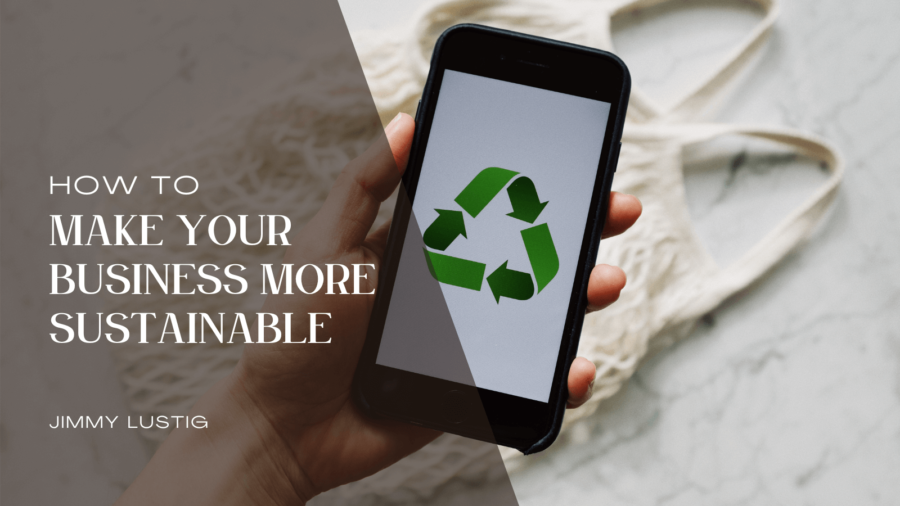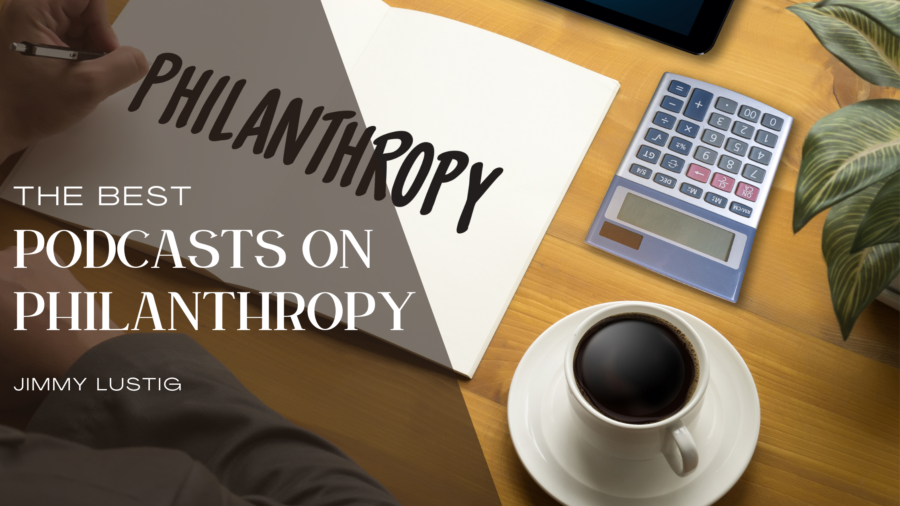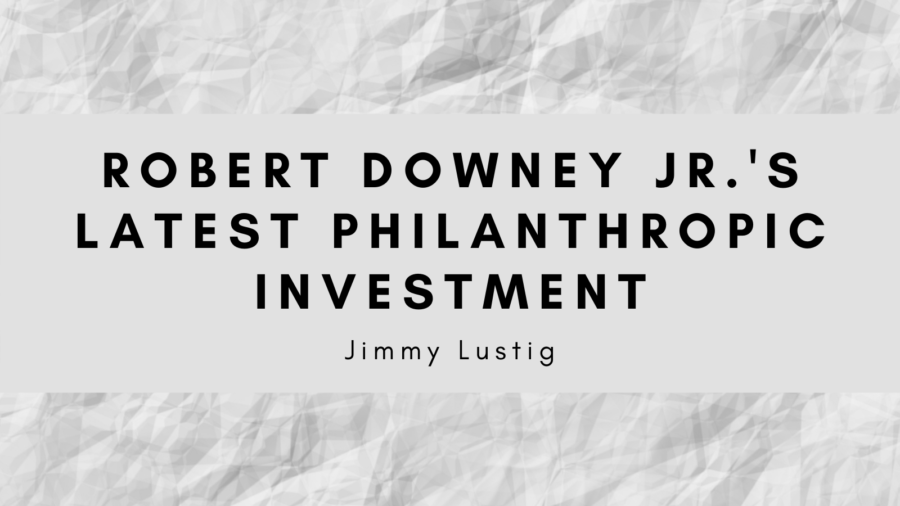This guide aims to help you answer that question and make an informed decision when it comes to investing in a nonprofit. We’ll guide you through the various due diligence steps to help you make an informed decision. In addition to learning about the organization’s operations and leadership, we’ll also help you gather information to help you make an informed decision.
Although you may think you don’t need to ask every question before making a grant, this guide will give you a summary of the various factors that affect your decisions and the steps you should take to make an informed decision.
Essential Functions and Track Record
A nonprofit’s strategy will tell you who it is and what it aims to accomplish. A broad mission may be inspiring, but a strategy focusing on achievable goals will reveal if the organization’s leaders are eager to make tradeoffs. Through your research, you’ll learn how nonprofits work with other organizations to accomplish their goals. This will help you develop a strategy that fits into the organization’s work. You’ll also be able to identify the program design that fits into the charitable strategy of the organization.
You’ll also be able to learn about the effectiveness of a nonprofit’s program by analyzing its results. This will help you determine if the organization is focused on improving its outcomes and if it’s using the collected data to improve the program.
Effectiveness of Leadership
The leadership of a nonprofit is significant to its success. Through your research, you’ll be able to learn about the organization’s management team and how they can effectively guide it. You’ll also gain a deeper understanding of the group’s strengths and weaknesses. You’ll also learn about the factors critical to an organization’s long-term success. These include the availability of a suitable replacement for the key people, the effectiveness of the board, and the alignment of the leadership team with the organization’s goals.
Financial Responsibility
Understanding the financial situation of a nonprofit will allow you to make informed decisions regarding the resources you’ll use to support the organization’s programs and services. One of the most critical factors you’ll want to consider is its financial sustainability. This is a complex issue that requires a lot of research and analysis to determine. Ideally, a mature organization should have a stable funding mix that doesn’t rely on a small number of donors. It should also have a robust financial reporting system and adequate cash.
Organizational Structure
Knowing more about a nonprofit’s operations and structure will allow you to see how it can deliver its goals. This will help you determine if the organization is focused on improving its results and if it’s using the collected data to improve the program. If you’re planning on supporting a nonprofit, you must know that it can grow while also achieving high-quality results. For instance, if the organization has multiple sites it’s planning on operating, how confident are you that it can continue delivering effective programs and services?









